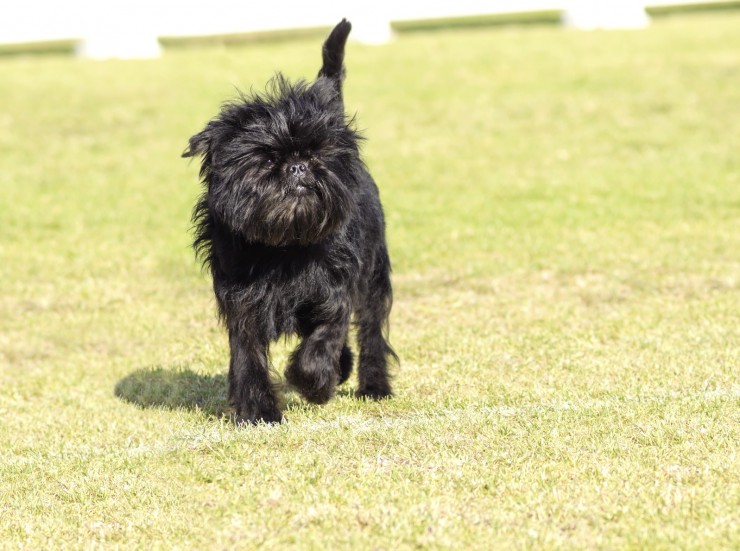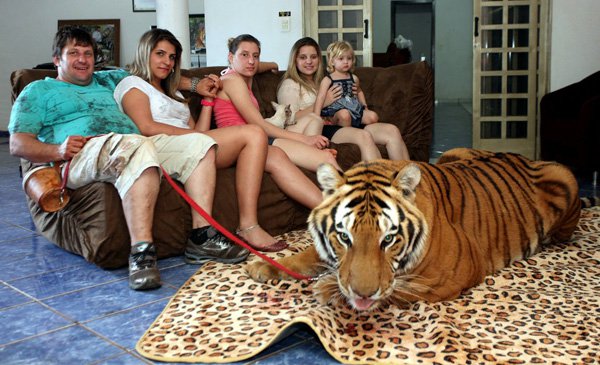Think crating your dog is heartless? Well, consider this truism: dogs are den animals, and they instinctively seek protected, dry, dark places to lie down. Visualize the places your dog prefers to be when alone. In a corner, under a table or bed, behind a sofa. A crate can only come natural to him. Feeling any better? Have I assuaged your guilt at least a little? Good. Now you're ready to learn how to use this attribute of your dog to your advantage as well as his.
No matter what age your rescue dog is, crate training can be accomplished and it will only produce beneficial results. Of course, there will be that one dog that simply cannot be crated, and that probably means there are other issues going on that need to be addressed before you take the giant leap to crate training.
So, other than being a safe haven for your dog to spend his time alone, what else can you hope to achieve through this training process?
A crate...
?Is an excellent resource if you need to house break your rescue dog
?Helps your dog adjust to daily routines (remember, dogs love routines)
?Is very transportable, not only by car or by plane, but just room to room so your dog can be among his "pack" even when resting or sleeping
?Can be useful during other training scenarios, particularly while you are still working on making your rescue dog sociable (a great place when company comes to the house)
?Likewise can be used to minimize damage if your dog is being trained to stop destructive chewing or digging
?Will help your dog deal with nervous energy and fears he has yet to overcome
?Will be a very welcome respite for dogs getting over "left alone" anxiety
One caution - never make the crate the place he is put when being punished! This defeats the purpose of crating your dog. How your dog reacts to the crate will depend on the way you introduce it to him. The idea is to make this place his second most favorite place to be (being with you is his first). So, it is up to you to always make his trip to the crate a positive experience.
The first few times, simply walk your dog up to the crate with the door closed. Toss a few of his favorite treats inside. When he starts to make attempts to get at the treats (almost guaranteed), gently open the door and guide him in.
As you help him settle in, gently talk, lightly pet, and provide a good dose of praise. During the early stages of crate training, leave the door open after he settles in. It's also a good idea to have some toys and a comfortable blanket awaiting him in the crate. If he is hesitant, do not force him, since he will perceive this as punishment. Try putting more of his favorite treat inside to coax him. Sneaky but effective.
Here are some proven effective tips to include in your crate training:
?In the beginning, make the first forays inside the crate for short periods only (5 to 10 minutes max)
?Increase the time by say 5 minute intervals, but never over 30 minutes during this training phase (unless of course he is bedding down for the night)
?Never make a big fuss when he exits the crate. You don't want him thinking outside the crate is a better place to be than inside
?If he resorts to making a ruckus with loud barking, whining or pawing at the crate, only let him out when he STOPS - otherwise, he'll think you are praising his bad behavior. Put him back in fairly quickly, but make it a shorter stay until he gets adjusted
?As soon as your dog displays an easy-going attitude about going in the crate, start using the "crate" command. Eventually only he - not the both of you - will be making a beeline for the crate when he hears the command "crate"
?Follow through until your dog is comfortable and even excited to hunker down in his very own safe, secluded, transparent "den".
To be a responsible dog owner, I found an excellent resource - The D.I.Y. Dog Training Manual. Learn more by visiting my site referenced below.

 What You Can Expect From A Gerbil
What You Can Expe
What You Can Expect From A Gerbil
What You Can Expe
 Training The Affenpinscher
Training The Affe
Training The Affenpinscher
Training The Affe
 Care for Your Cat and Convenience for You
Care for Your Cat and Convenience for You
Pet
Care for Your Cat and Convenience for You
Care for Your Cat and Convenience for You
Pet
 Rabbit Care Calendar - Month By Month Care Advice For Your Rabbit
Rabbit Care Calen
Rabbit Care Calendar - Month By Month Care Advice For Your Rabbit
Rabbit Care Calen
 Bengalese, Mannikins And Silverbills
Bengalese, Mannik
Bengalese, Mannikins And Silverbills
Bengalese, Mannik